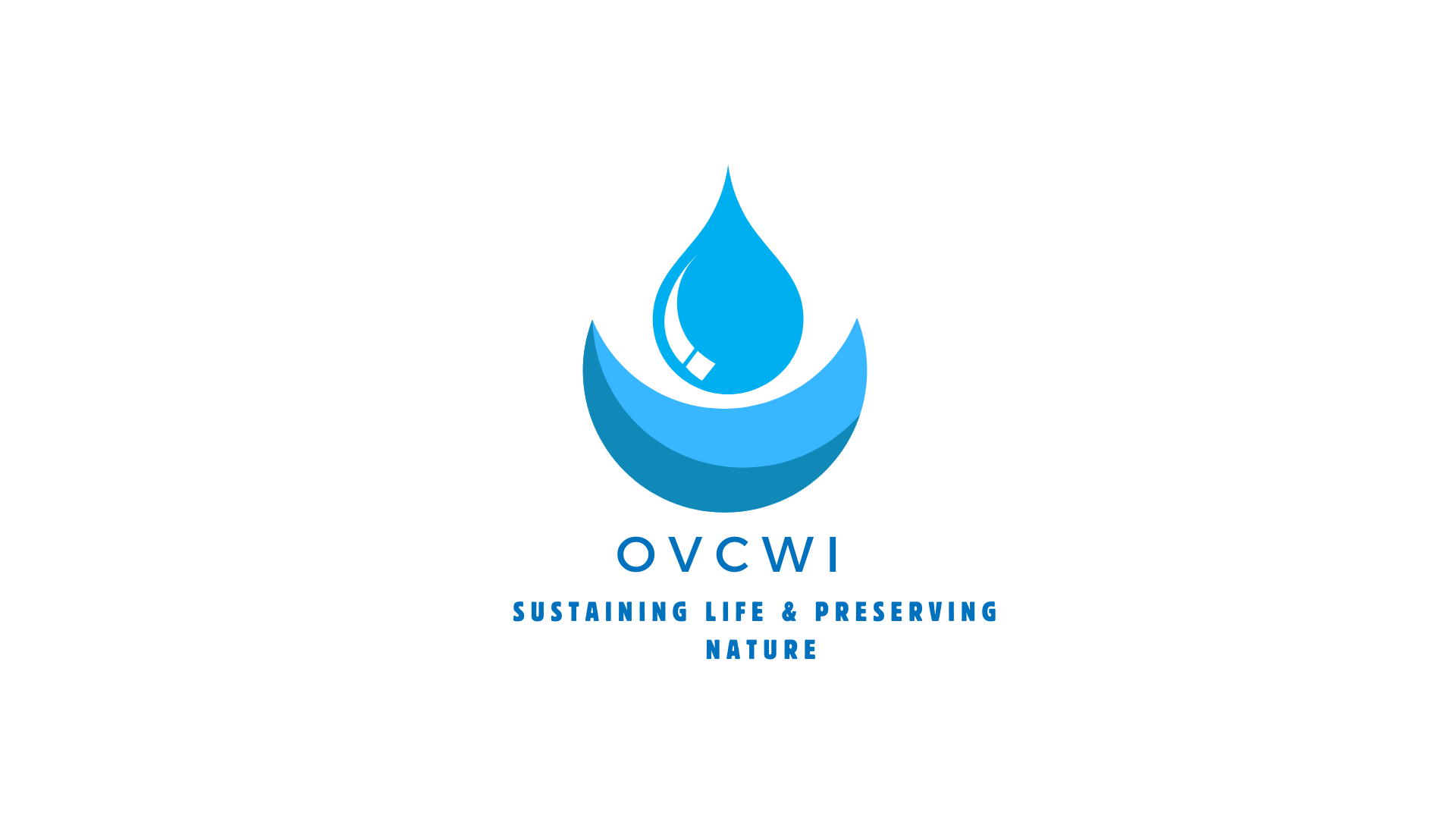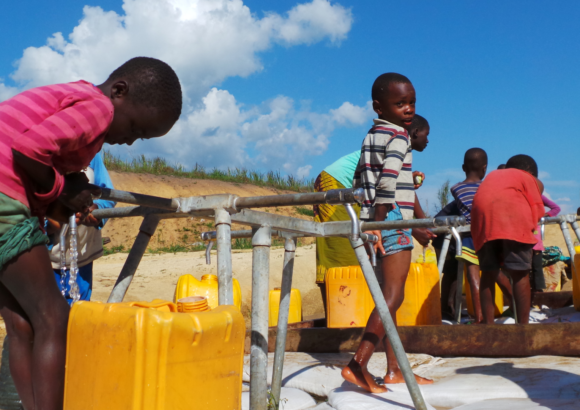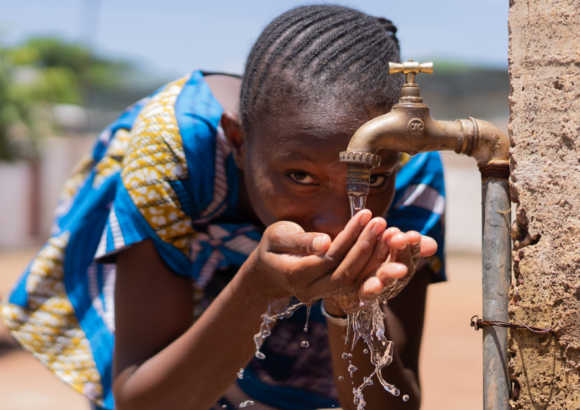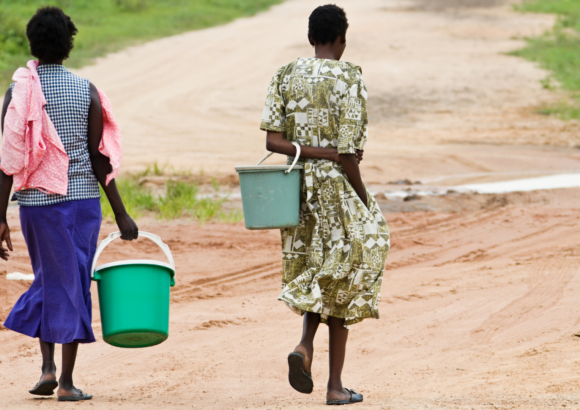Community water points can also serve as a central gathering place for residents to socialize and connect with their neighbors while they wait for their turn to collect water. These water points typically have a concrete base with a shelter to protect the pump, and a spout or tap for dispensing water. Some may also have a designated area for washing and storing containers used for carrying water.
The location of community water points is carefully selected to ensure easy accessibility for all members of the community, including those with disabilities or mobility issues. They are often situated near existing infrastructure, such as schools, health centers, or markets, to maximize their usage and benefit.
Maintenance of community water points is crucial to ensure a continuous supply of clean water. Local water committees, consisting of community members, are responsible for overseeing the maintenance and repair of these water points. This may include tasks such as regular cleaning and disinfection of the pump and storage tanks, replacement of worn-out or damaged parts, and monitoring water quality.
Efforts are made to ensure that community water points are sustainable and can operate for a long time. This may include training community members in basic maintenance and repair skills, implementing a water fee system to cover maintenance costs, and establishing a reliable supply of spare parts.
Overall, community water points play a vital role in providing access to clean water in rural and remote areas where individual water sources may be scarce or contaminated. They not only fulfill a basic human need but also contribute to improved health, hygiene, and community development.
Discover more from Omo Valley Clean Potable Water Initiatives
Subscribe to get the latest posts sent to your email.








